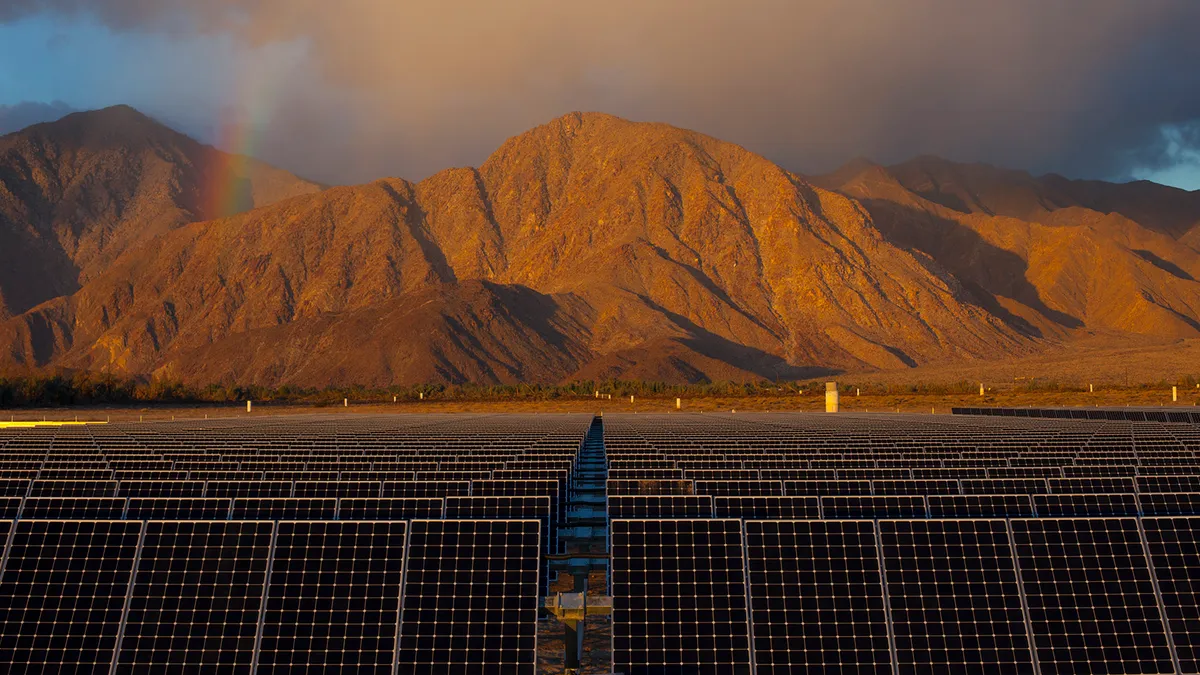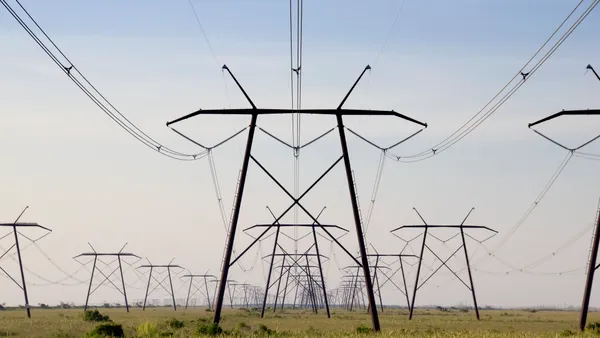Dive Brief:
- On Thursday, the California Public Utilities Commission (CPUC) ordered large investor-owned utilities to engage in multiple planning exercises in order to accelerate the deployment of microgrids within their service areas.
- The CPUC also approved plans by Pacific Gas and Electric (PG&E) and San Diego Gas & Electric (SDG&E) to support microgrid adoption. PG&E plans to have 73 microgrids operational by the end of 2020.
- Microgrids and other resiliency programs are the first step in a multifaceted approach to wildfire preparation, according to CPUC Commissioner Genevieve Shiroma.
Dive Insight:
California utilities have their work cut out for them this summer in light of several new requirements and deadlines issued by the CPUC. But the new orders could also open opportunities for community and residential storage projects.
In a June 11 decision, the CPUC ordered PG&E, SDG&E, and Southern California Edison to submit a series of reports and plans tied to their progress toward adopting new resiliency programs and supporting microgrid deployment. Within 30 days, the utilities must report to the CPUC their progress toward establishing pre-approved templates for microgrid interconnection, specify when a virtual inspection may suffice in place of a field inspection, and plan semi-annual public workshops to help residents better understand grid operations, among other reports and actions.
The CPUC also asked utility companies to propose modifications to their net metering tariffs that would enable interconnected energy storage systems to temporarily import power from the grid upon notice of an impending Public Safety Power Shutoff. The commission also asked utilities to temporarily remove storage sizing limits for three years.
The order also approves resiliency plans proposed by SDG&E and PG&E.
SDG&E will begin implementing software and hardware updates to integrate microgrid operation into existing management systems, and PG&E plans to launch a Community Microgrid Enablement Program designed to support the deployment of multi-customer microgrids that support certain critical facilities such as police and fire stations, schools, and water and wastewater facilities. PG&E plans to provide up to $27 million in annual grants to offset the costs deemed necessary to ensure safe microgrid operation.
By September, PG&E plans to establish 63 microgrids to substations that can be connected to temporary generators during outage events. Ten temporary microgrids — designated areas that can be rapidly isolated and re-energized with short-term generators — should be operational by the end of the year, as should a pilot microgrid program at the Redwood Coast Airport.
For customers in remote locations served by long distribution lines, the company is exploring the possibility of using local generation to provide remote, decentralized energy service.
"The resulting reduction in overhead lines could reduce fire ignition risk as an alternative to or in conjunction with system hardening," PG&E spokesman Paul Doherty wrote in an email.
The CPUC order on accelerating microgrid deployment is just one facet of the commission's wildfire preparations, according to Commissioner Genevieve Shiroma.
"We will use upcoming Tracks for this proceeding to explore the viability of non-diesel alternatives for next year's wildfire season, further develop standards and protocols to support and reduce barriers to microgrid deployment without shifting costs between ratepayers, and develop rates and tariffs that are just and reasonable to support commercialization of microgrids," she said in a statement.














